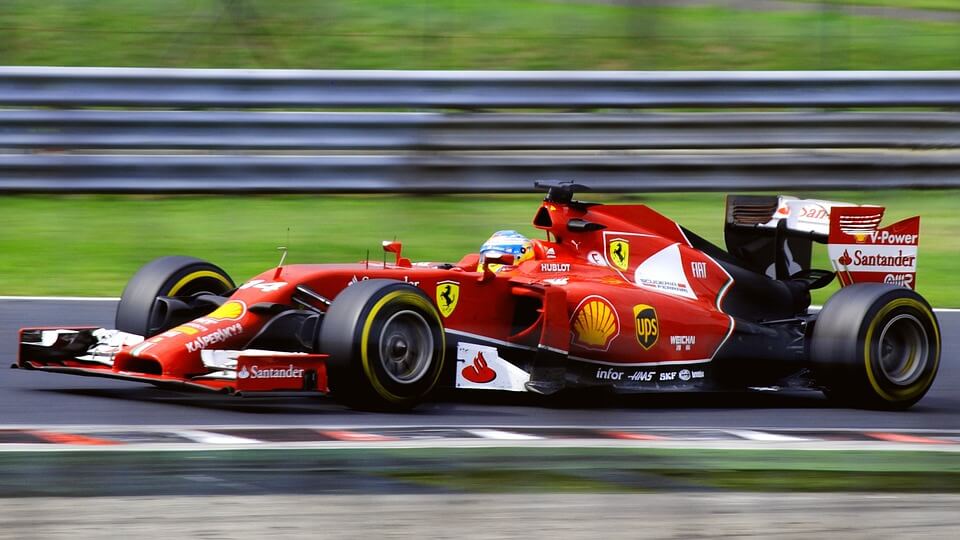Ask anyone who is employed in Formula 1 and they’ll likely say that implementing aerodynamics wins championships. Aerodynamics consists of two main principles: minimizing drag and increasing downforce.
Aerodynamics became especially important in the late 1960s. That’s when numerous teams began to experiment with race car wings. Early tryouts with high mountings and movable wings created remarkable accidents, so regulations were implemented as of the 1970 season. These rules are growing along with the development of aerodynamics.
Wings on these cars function like aircraft wings, but in reverse. The former generate negative lift, also known as downforce, while wings on planes create lift. That’s because air travels over the sides at different speeds, and this produces variances in pressure. A modern car can develop 3.5 times the lateral cornering force of its own weight. In theory, these cars could be driven upside down.
By the middle of the 1970s, Lotus engineers discovered that the entire car chassis could act like a giant wing when the underside of the car was inventively designed. This is called ground-effect downforce. In the following years, more linear developments have moved aerodynamics along. Increasing speeds have led the sport’s controllers to adjust racing rules.
The aerodynamic factors of today’s cars are regulated by the location, height and width of bodywork. Each pound of downforce takes off milliseconds of lap time, so teams invest substantial amounts of money and time into computational fluid dynamics (CFD) and wind tunnel exercises. These two components are today’s main types of aerodynamic studies.
The rear and front wings on these cars make up about 60 percent of the downforce. The rest is covered by the floor. The wings’ designs differ from track to track because of different downforce requirements. For example, Monza is a high-speed track where wings are smaller to increase speed and reduce drag. Monaco, on the other hand, requires aggressive wings because of its track design.
Resourceful engineers will occasionally find loopholes and introduce clever solutions, such as F-ducts, double diffusers and exhaust-blown diffusers. Nevertheless, they don’t last long. One invention, the drag reduction system rear wing, has stuck around. It allows drivers to adjust the angle to increase speed and reduce drag. However, they can only use it on certain parts of a track and when a driver is within a certain time frame ahead in the competition.
